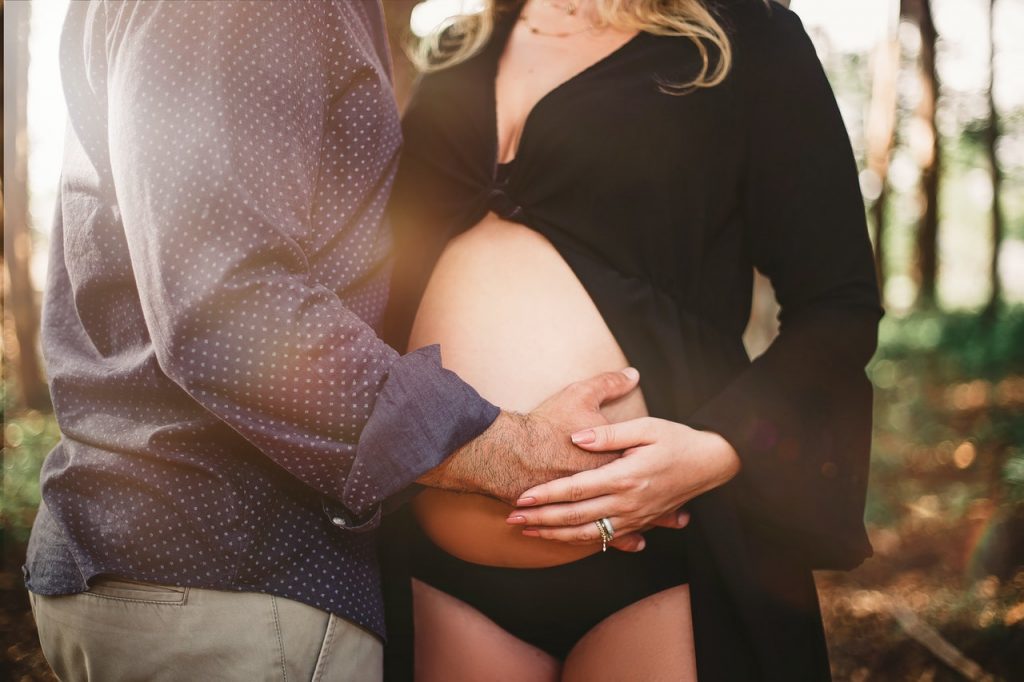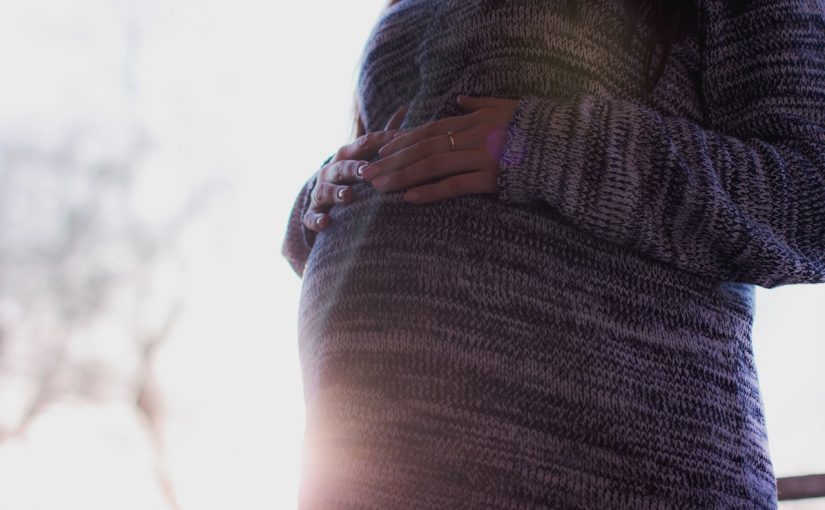It’s common in society for people to assume a healthy looking couple is able to have a baby. People asking curious questions like “How come you’re not pregnant?” or “When are you going to start a family?” can create a very awkward situation for someone who is trying desperately to get pregnant. Unfortunately, some couples are simply reproductively challenged, and in these cases it is possible to consider ART.
What’s more interesting, and challenging for couples, is when they already have one child but are unable to conceive a second child. They may have fallen pregnant easily the first time, but the second time around it simply isn’t working. Couples may have a strong desire for their second child to be a particular sex, and in this situation IVF gender selection may be a good option for them.
What is ART and IVF?
ART stands for ‘Assisted Reproductive Technology’. Cases involving whether a woman’s egg (embryos) can be fertilized or not, fall under the category of ART. As of 2015, 73,000 babies in the US were born using ART. IVF is the most commonly known type of ART.
IVF means ‘In Vitro Fertilization’. The process involves extracting a woman’s eggs from her body in order to be fertilized ‘in vitro’ which means ‘in a lab’. The conversion rate from extraction to fertilised eggs varies. It’s common that only one or two fertilized eggs may end up being viable and can be put back into the woman’s uterus in order to fall pregnant. An additional option in IVF is that any eggs that are not immediately used can be frozen for future use. This can be especially helpful if the first viable fertilised eggs that are put back in the woman’s womb end up unsuccessful.
The success of IVF depends on various varying factors.
There are many factors that can impact the success rate of the IVF process. The couple’s age, most especially the woman’s age, is a major factor. Age often determines the number of viable eggs that a woman can expect to be extracted through rounds of IVF. As a safety measure, age limits are imposed on those who want to proceed with IVF treatments. Most IVF clinics set the upper age limit between 42-45 years old. An alternative is donor eggs, which in most countries may be used until you reach 49 years of age.
As the world becomes aware of the statistics, many more people are considering IVF.
Considering the number of successful cases which use fresh embryos from non-donor eggs, you can tell that this type of IVF treatment is becoming medically helpful and successful. IVF sex selection is also growing in popualrity for couples who want a particular sex. All these factors contribute to IVF becoming more socially acceptable as a way of getting pregnant.
According to Dr. David Adamson who speaks on behalf of the International Committee for Monitoring ART (ICMART), it was forty years ago when Louise Brown, the world’s first-ever ‘test-tube baby’, was born. Since that time the number of babies born using IVF and other advanced fertility treatments has reached over 8 million (as of July 2018). The Centers for Disease Control and Prevention (CDC) reported that 4 million births per year are conceived using IVF in the US alone. That accounts for almost 2% of all US births in 2018.

How do you qualify for IVF?
In the UK for example, Women under 40 years of age are offered IVF treatment by the National Health Service (NHS) in 3 cycles if:
- The couple has been trying to conceive for 2 years through regular unprotected intercourse.
- The couple has not conceived after 12 cycles of artificial insemination.
What are the odds of conceiving a child through IVF, and carrying to full term?
One study reveals that women who get pregnant through IVF treatment have on an average completed 2.7 cycles to achieve the pregnancy. For women of all ages, the success of going through three IVF cycles is between 34-42%. To increase the chances of successful pregnancy and carrying to full term, it is recommended that patients complete three IVF cycles.
